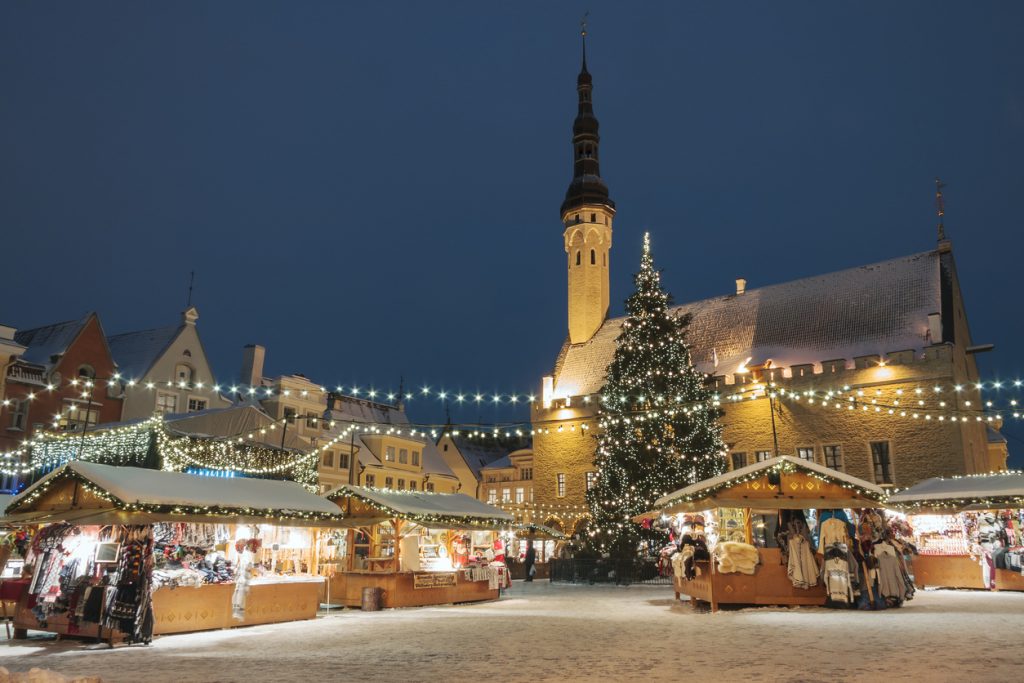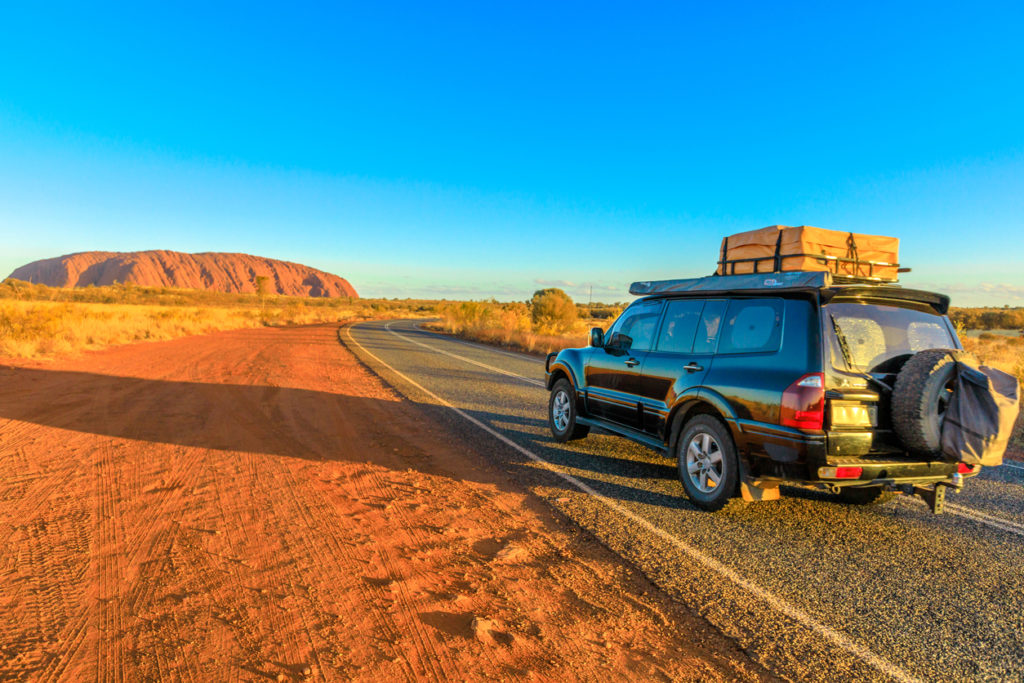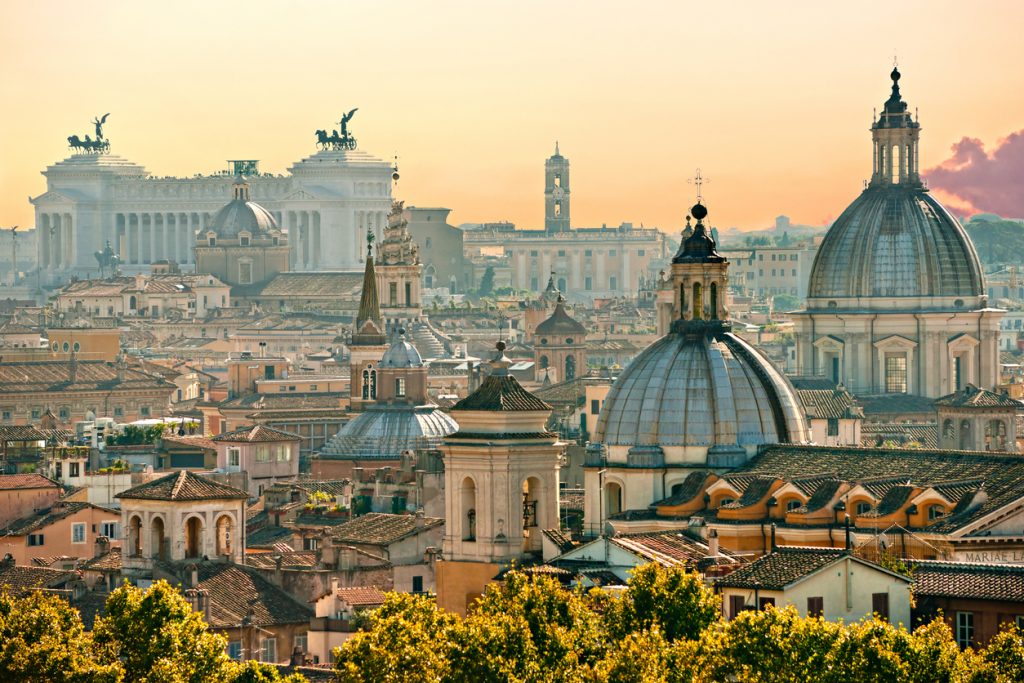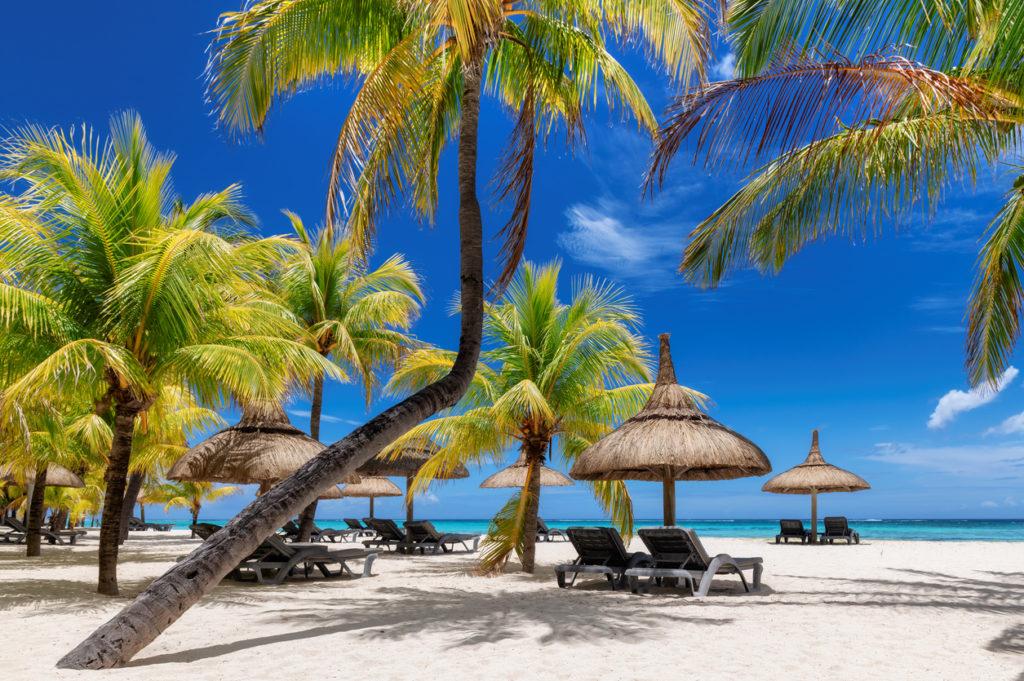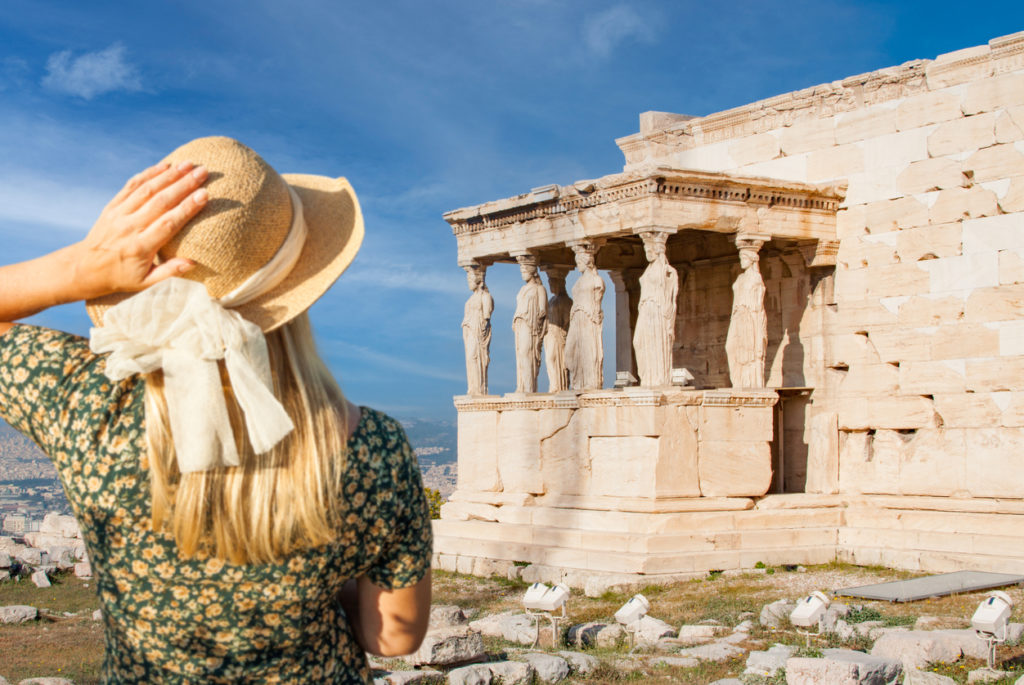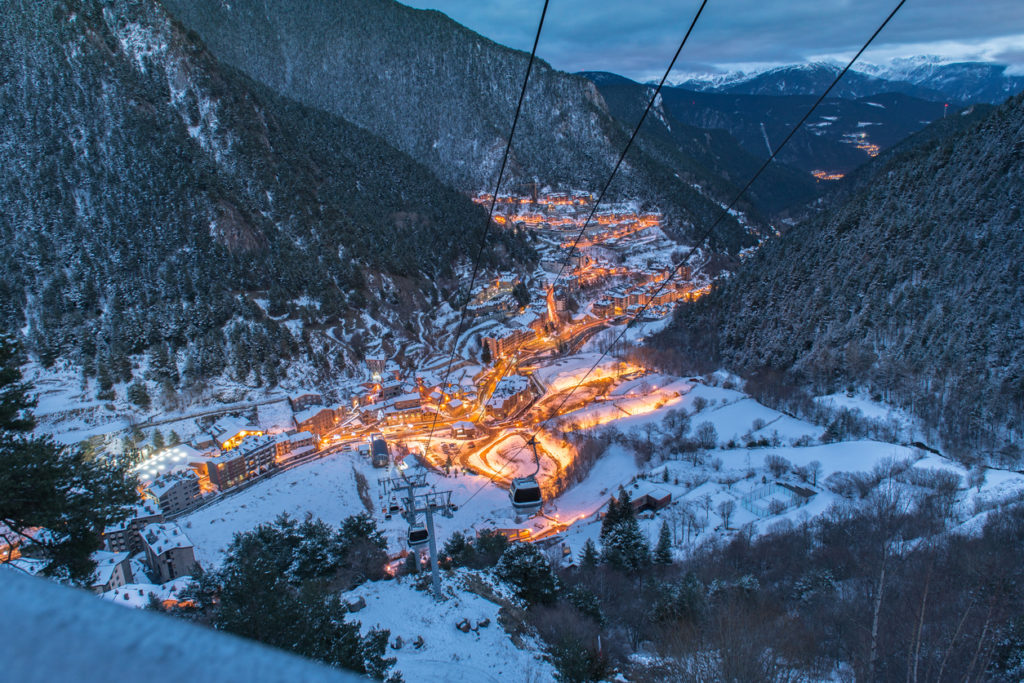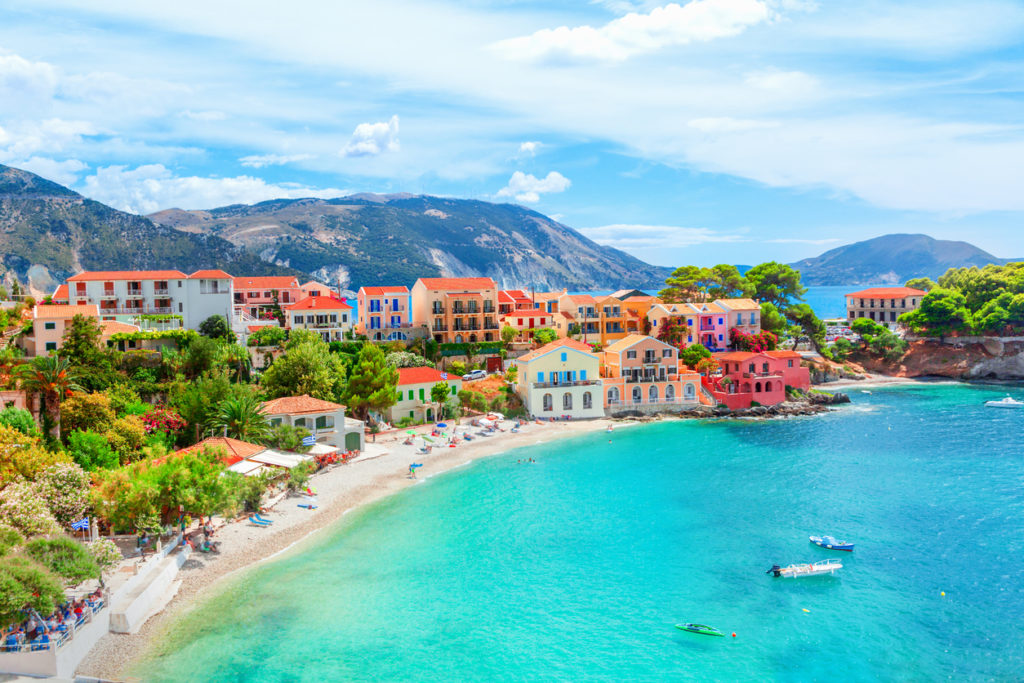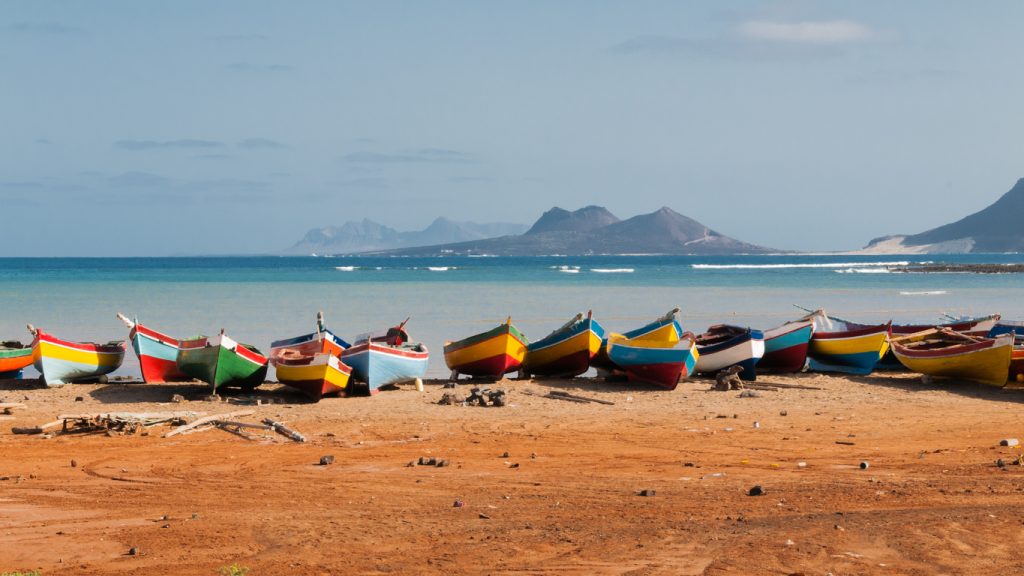
The islands of Cape Verde are still a hidden gem from mass tourism. Once a colony and slave trade outpost, Cape Verde has earned its independence from Portugal in 1975 and it’s now the most stable democracy in Africa.
Enjoying a unique geographic location, the islands welcome visitors with a spectacular variety of landscapes. From superb verdant mountain ranges to secluded powdery-sand beaches, and dotted with a few volcanic landscapes, Cape Verde’s scenery enchants and surprises.
The country blends beautifully its African character with Portuguese influences. You’ll discover European traces in many of its buildings and musical styles, and especially in its cuisine. The menus abound in Portuguese specialties, especially seafood dishes, but you’ll also find plenty of African-style food, like stews and tropical crops.
Home of the famous Cesaria Evora, the rhythms of morna, a type of folk similar to Portuguese fado, can be heard in many of the dining venues and bars of Cape Verde. A country appealing and unique, Cape Verde lures visitors with a plethora of exuberant festivals and carnivals, the most popular being the Baia das Gatas Festival.
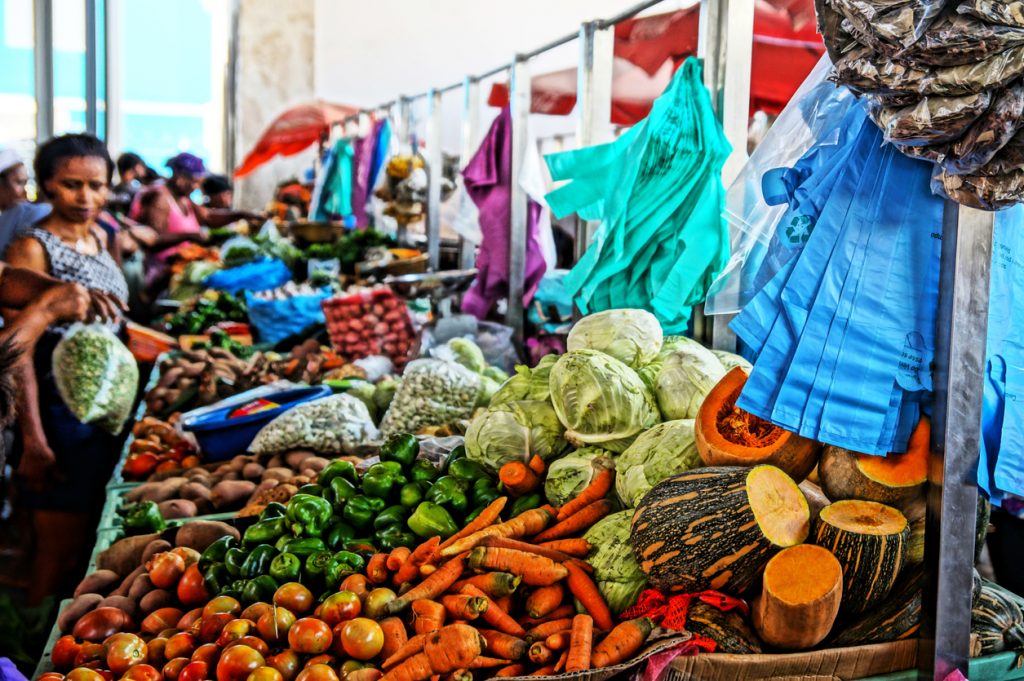
Cape Verde has managed to escape the tourist crowds, so you’ll have one of the few chances to discover a quiet and mysterious corner of paradise before many others. Adventure awaits on the islands of Cape Verde! From first-class windsurfing and game fishing to fabulous snorkeling and diving, thrill-seekers will find plenty of things to do here. Whether you want to discover the beautiful underwater world, surf some of the best waves in the world or admire the islands from atop an active volcano, Cape Verde is ready to answer your need for spectacular and memorable moments!
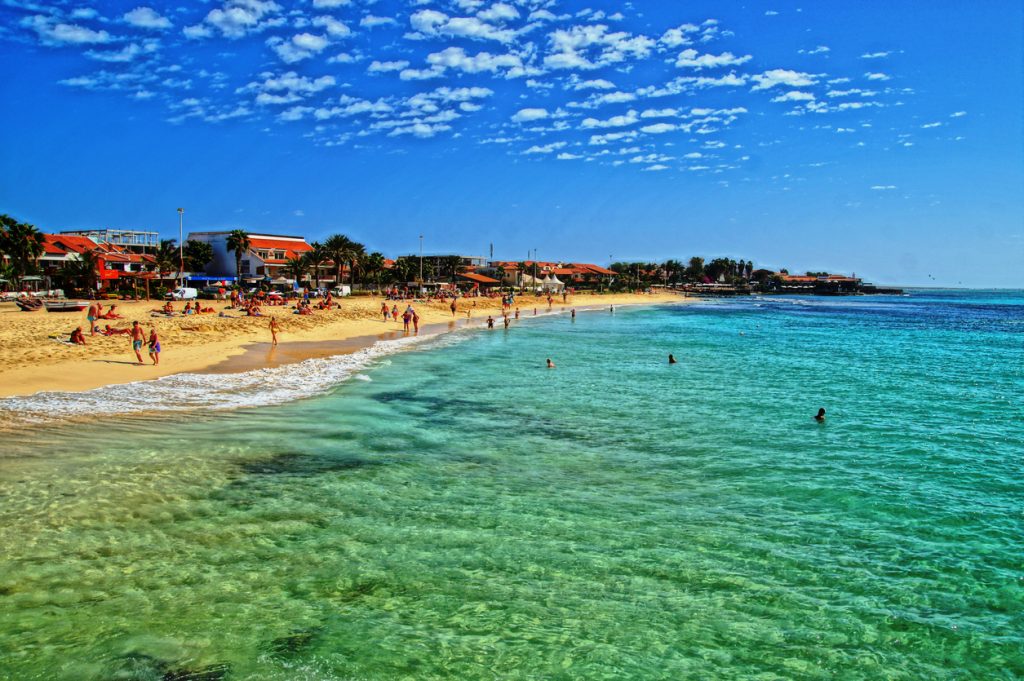
The exotic and relaxing Sal
A world-class windsurfing destination, Sal is the main island for tourists. The island awaits with a variety of resorts, restaurants, and shopping options, as well as with beautiful sights and numerous fun activities. The small fishing town of Santa Maria is blessed with miles of perfect beaches dressed in golden sands and caressed by turquoise water. Santa Maria is the perfect destination to go bar-happening. Its open-air bars adorned with lights, and the streets invaded by music and smiling people create the perfect setting for a relaxed and fun holiday away from it all.
You can find plenty of wind- and kite-surfing centers on Santa Maria’s beach, but if you’re serious about surfing and you need a challenge, take your board to Pedra de Lume, in the north-east, where the waves have impressed even the Hawaiian surfers. Visit the 1.8-kilometer wide crater of the extinct volcano Pedra de Lume and discover the Pedra de Lume Salterns. The salt extraction is no longer active but you’ll still find a fascinating sight with unique views.
The historical and green Santiago
Praia, the country’s capital, is situated on the island of Santiago, where most of the commercial and passenger vessels dock. Praia is the largest city in Cape Verde, as well as the center of the national economic and political life. Platô, the downtown area of Praia, enchants visitors with a mix of African and Mediterranean notes that can be discovered especially in its old quarter.
The first UNESCO World Heritage Site in Cape Verde, Cidade Velha (“Old City”) was the first European settlement in the tropics and a very important location for the Portuguese Empire. Walk its streets and you’ll discover parts of the original city untouched by time or pirates. The city ruins date back to the 16th century and include two churches, the town square and the dramatic Fort de São Filipe guarding over the city.
If you love hiking, head to the Serra Malagueta National Park situated in the northern part of Santiago. A lush and green area dominated by the 1,064-meter Serra Malagueta, the park is the premier hiking region in the country and rewards hikers with superb views.
The musical and exuberant São Vincente
The island’s cultural heart and nightlife scene is the São Vincente port of Mindelo. This is the most sophisticated city in the country, a hub for the music industry and home to poets and revolutionaries who received their education at its lycée. Here you’ll find one of the most famous music venues in the country, the Café Musica on Rua Lisboa, as well as several shops dedicated to the art of music.
Each August, at full moon, the beach at the Baia das Gatas, on the east coast of the island, becomes the scene of a three-day festival dedicated to Cape Verdean music.
The Cape Verde Cultural Center is worthy of your time due to its beautiful workshop that sells traditional fabrics, but also because it is home to a museum, a bookshop, and a beautiful cafeteria.
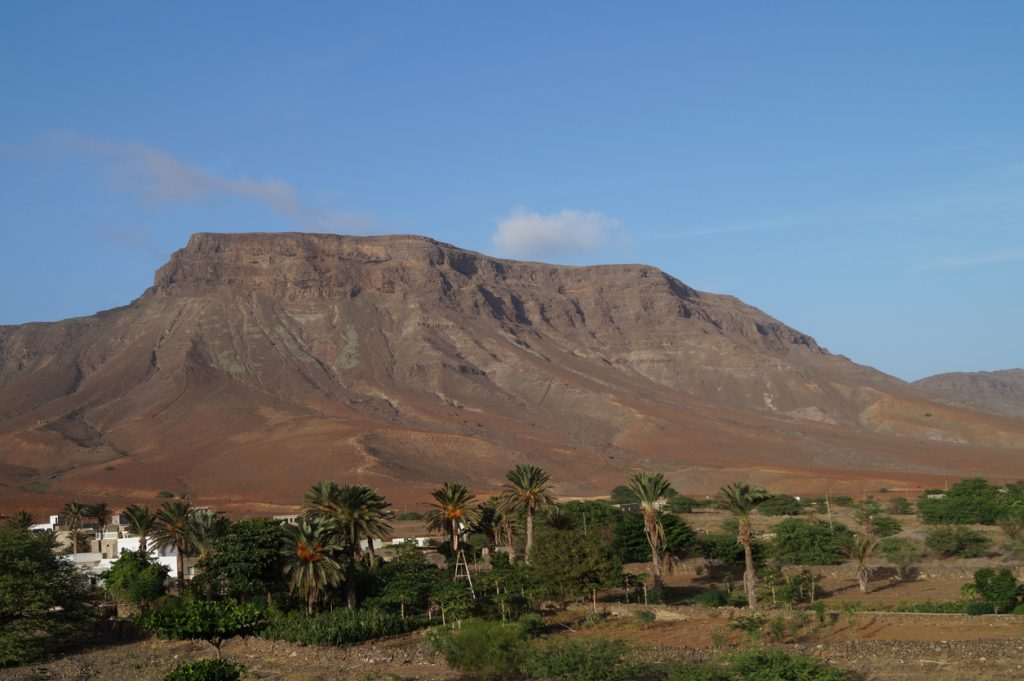
The young and restless Fogo
A classic sea-mount volcano rising up from the sea, Fogo is the youngest island of Cape Verde. While the other islands are millions of years old, Fogo has been around only for the last few hundred thousand years. Fogo was first settled in the 18th century, with settlers choose to live in the original crater that is now 12 km wide, due to its mineral-rich soil, ideal for farming and vineyards.
São Filipe is the island’s small capital, a lovely gathering of wooden houses. Situated on a steep slope above cliffs, the houses have beautiful views of a black volcanic beach. Even though the scenery doesn’t include white-sand beaches and an exotic atmosphere, travelers come here to discover a unique alien landscape dominated by a volcano and its crater.
Pico do Fogo, the youngest and most active volcano in Cape Verde, is surrounded by mesmerizing black volcanic soil, used now to grow coffee. The tiny little village of Chã das Caldeiras is located right in the caldera, near the volcano’s peak, and it’s a destination for brave visitors who want to hike up to 2.900 meters to capture breathtaking views of the island.
Discover Cape Verde before tourism reinvents its scenery and affects its modest attitude and don’t forget to dance barefoot on its beaches!

